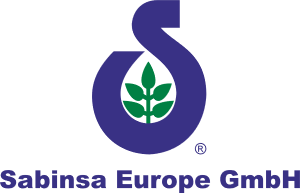Curcuminoids, the versatile pronutrient, is undoubtedly the most important and precious gifts to mankind from nature. However, the bioavailability of Curcumin had been an intriguing question to scientists all through the 1980s up until the year 2011. Experiments on the oral administration or intravenous injection of curcumin and its absence in the analysis of blood serum samples were research protocols that dominated publications until the concept of biotransformation of Curcumin was studied and understood.
Curcumin is a versatile pronutrient that undergoes biotransformation in the biological system. A pronutrient is a nutritional supplement that is administered in an inactive or less than fully active form, and which is converted to its active form through microbial conversion and/or other active metabolic processes. It is a precursor chemical compound of a nutrient. Curcumin also undergoes microbial transformation in the gastrointestinal tract and forms various metabolites.
The discovery that Curcumin undergoes microbial transformation in the gut as reported in a research paper in the prestigious Proceedings of the National Academy of Sciences (PNAS) of the USA in 2011, was the beginning of the answer to this intriguing question. It is not curcumin that one should look for, but the biotransformed products. However, everyone who looked into the bioavailability failed miserably to look for the metabolites and continued to bemoan the poor bioavailability of Curcumin. According to published PNAS report, Curcuminoids when ingested, immediately undergo biotrans formation by the action of NADPH-dependent Curcumin/ Dihydrocurcumin reductase (Cur A) to form Tetrahydrocurcumin, Tetrahydrodemethoxycurcumin and Tetrahydrobisdemethoxy curcumin1; while through the action of other enzymes in the body, metabolites such as Hexahydrocurcumin, Octahydrocurcumin, Curcumin glucuronides, Curcumin sulphates and Ferulic acid are also formed.








